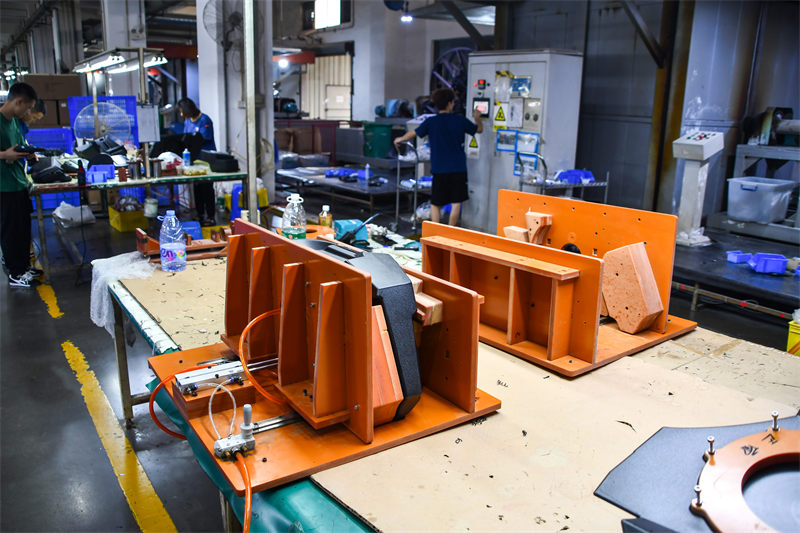Strength and Hardness Standards in Rotational Molding
 Apr 17,2024
Apr 17,2024

Strength and Hardness Standards in Rotational Molding
The quality of rotomolded products is largely determined by their strength and hardness, which are crucial for ensuring their durability, resistance to wear, and overall performance. This article discusses the strength and hardness standards in rotational molding and provides insights into how these properties can be optimized during the manufacturing process.

1. Strength Standards
The strength of rotational molded parts is typically evaluated based on their ability to withstand various types of loading conditions. Some of the common strength standards include:
- Tensile Strength: This measures the force required to break the part along its length. A higher tensile strength indicates better resistance to stretching and tearing.
- Impact Strength: This evaluates the part's ability to withstand sudden loads or impacts without fracturing. It is an important parameter for parts that are subject to mechanical stresses or drops.
- Compression Strength: This measures the force required to crush the part along its width or depth. A higher compression strength indicates better resistance to compression and impact forces.
- Bending Strength: This evaluates the force required to bend the part until failure. A higher bending strength indicates better resistance to bending loads.
2. Hardness Standards
The hardness of rotational molded parts is typically measured to assess their resistance to deformation or penetration. Some of the common hardness standards include:
- Shore Hardness: This is a qualitative measure of the hardness of a material. It uses a durometer to measure the depth of penetration when a specific force is applied to the surface of the material. The higher the Shore hardness value, the harder the material.
- Rockwell Hardness: This is a quantitative measure of the hardness of a material. It uses a diamond or ball indenter to measure the depth of penetration under a specific force. The Rockwell hardness value provides a more precise measurement of hardness compared to Shore hardness.
- Barcol Hardness: This is another qualitative measure of the hardness of a material. It uses a handheld device with a hardness probe to measure the resistance to penetration when applied to the surface of the material.
3. Testing Methods
To determine the strength and hardness of rotational molded parts, various testing methods can be used. These include tensile testing, impact testing, compression testing, bending testing, Shore hardness testing, Rockwell hardness testing, and Barcol hardness testing. These methods help evaluate the material's ability to withstand various types of loading conditions and deformation.
4. Standards Compliance
Rotational molding manufacturers typically follow industry standards and specifications when testing and evaluating the strength and hardness of their products. These standards ensure consistency and comparability across different materials and applications. Some of the common standards include ASTM (American Society for Testing and Materials), ISO (International Organization for Standardization), and EN (European Standard).
At Light Venus, we are committed to following related standard to ensure that we deliver high-end and quality products to our customers. Please feel the most welcome to contact us to learn more about our custom rotational molding service.
 Tel: 0086-13632687993
Tel: 0086-13632687993  Email: roto@lightvenus.com
Email: roto@lightvenus.com

 Home
Home How to Determine Material Quality in Rotational Molding Process
How to Determine Material Quality in Rotational Molding Process  You May Also Like
You May Also Like



 Tel
Tel
 Email
Email
 Address
Address








